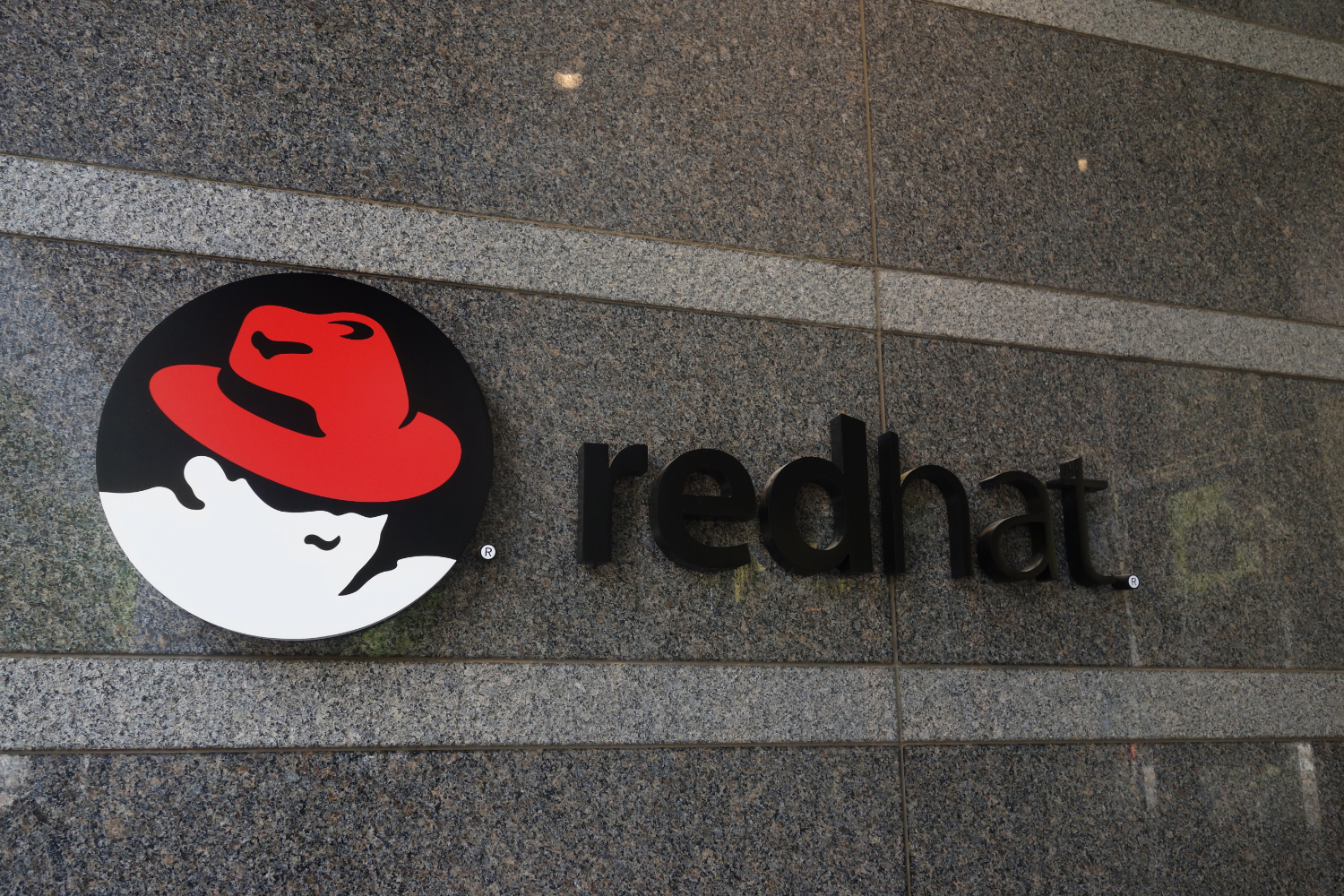Red Hat Joins Foundation for Developing Open-Source RISC-V ISA
Red Hat, purchased by IBM last year, is the latest major company to join the RISC-V Foundation, a group of companies developing the RISC-V open source instruction set architecture (ISA).
Red Hat, the developer of the open source Red Hat and CoreOS Linux distributions, has started working on supporting RISC-V chips following the footsteps of numerous other large companies, including Google, Nvidia, Qualcomm, Western Digital, Samsung and parent company IBM.
Open Software Source Meets Open Source Hardware
The holy grail of the open source community is the ability the run open-source software on open-source hardware. It’s also why many are now asking the Raspberry Pi Foundation, a nonprofit group that builds the Raspberry Pi developer boards with open source firmware, to switch from the proprietary Arm ISA to the open source RISC-V.
The Raspberry Pi Foundation hasn’t yet committed to doing that but has taken a step in this direction by also becoming a member of the RISC-V Foundation in January. It remains to be seen whether or not it will also release a RISC-V developer board, rather than just using Arm-based chips.
The same will likely hold true for other Arm customers. Until RISC-V proves to be a clear winner in the specific markets in which the customer companies are interested, these companies will likely use both Arm and RISC-V chips in the near future. This is even more true for software and services companies, such as Red Hat, which will have to support multiple chip architecture for a much longer period of time.
IBM also formed the OpenPower Foundation in 2013 for open source development of the ISA for its Power-brand microprocessors. Today, OpenPower is backed by Google and Nvidia and others, and the idea is that companies besides IBM can make Power chips.
However, outside of supercomputers and a few data centers, the Power chips aren’t all that ubiquitous, as they tend to cost a pretty penny for similar performance to Intel chips. The recent AMD Epyc Rome server chips have further increased the performance/price competition by several fold, which should make it even more difficult for Power chips to compete in the server chip market.
Get Tom's Hardware's best news and in-depth reviews, straight to your inbox.
Lucian Armasu is a Contributing Writer for Tom's Hardware US. He covers software news and the issues surrounding privacy and security.
-
bit_user ReplyThe holy grail of the open source community is the ability the run open-source software on open-source hardware.
Well, for some of the open source community.
Anyway, RISC-V is an open and royalty-free ISA, meaning everyone has access to the specification and can freely use it, but that doesn't mean RISC-V chips are necessarily open source.
The benefits of open source hardware are also less than open source software, because anyone can compile software themselves, but it's costly, time-consuming, expensive, and requires a lot of expertise just to prepare and submit a hardware design for fabrication. So, it's not practical for individuals to tinker with it in the same way as open source software.
Power chips aren’t all that ubiquitous, as they tend to cost a pretty penny for similar performance to Intel chips.
Last I checked, they were pretty cost-competitive with the Intel server chips they launched against.
Anyone wanting a POWER-based desktop can buy one from Raptor Computing.
